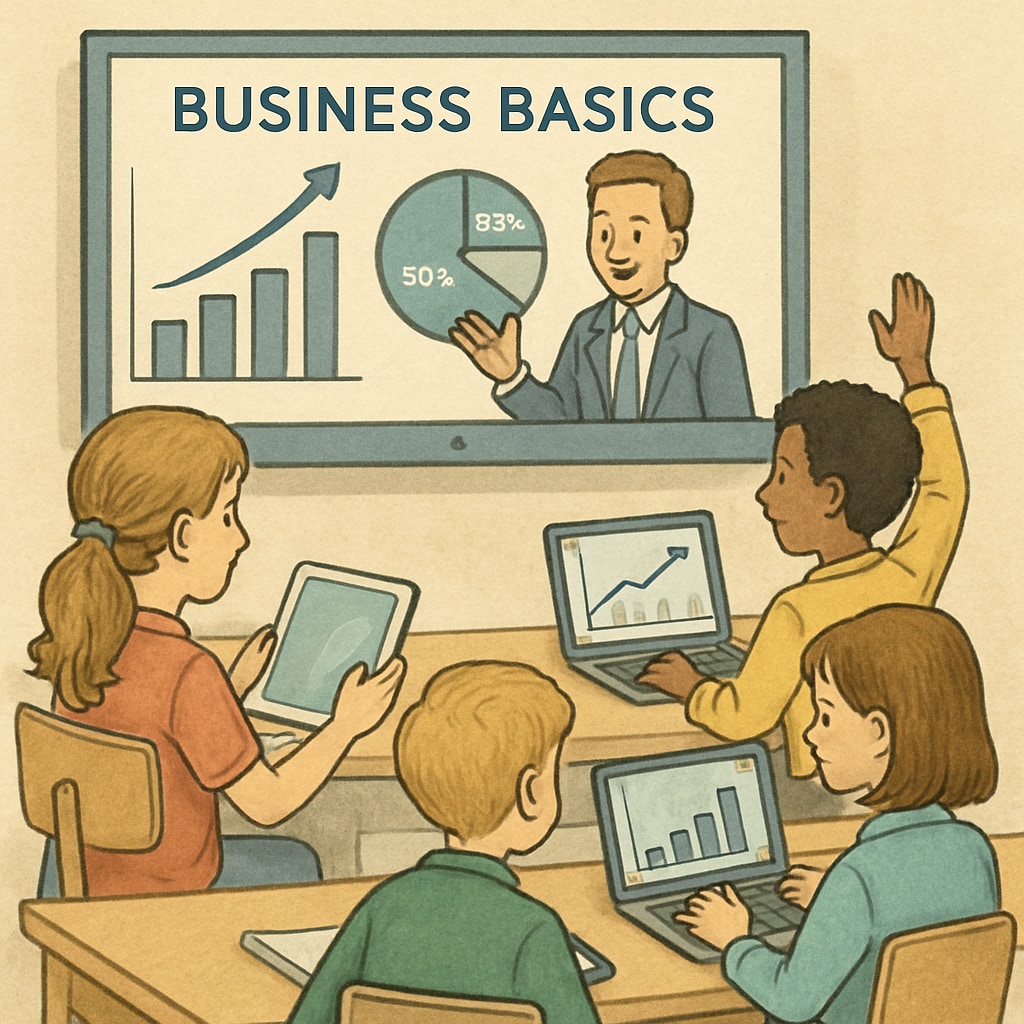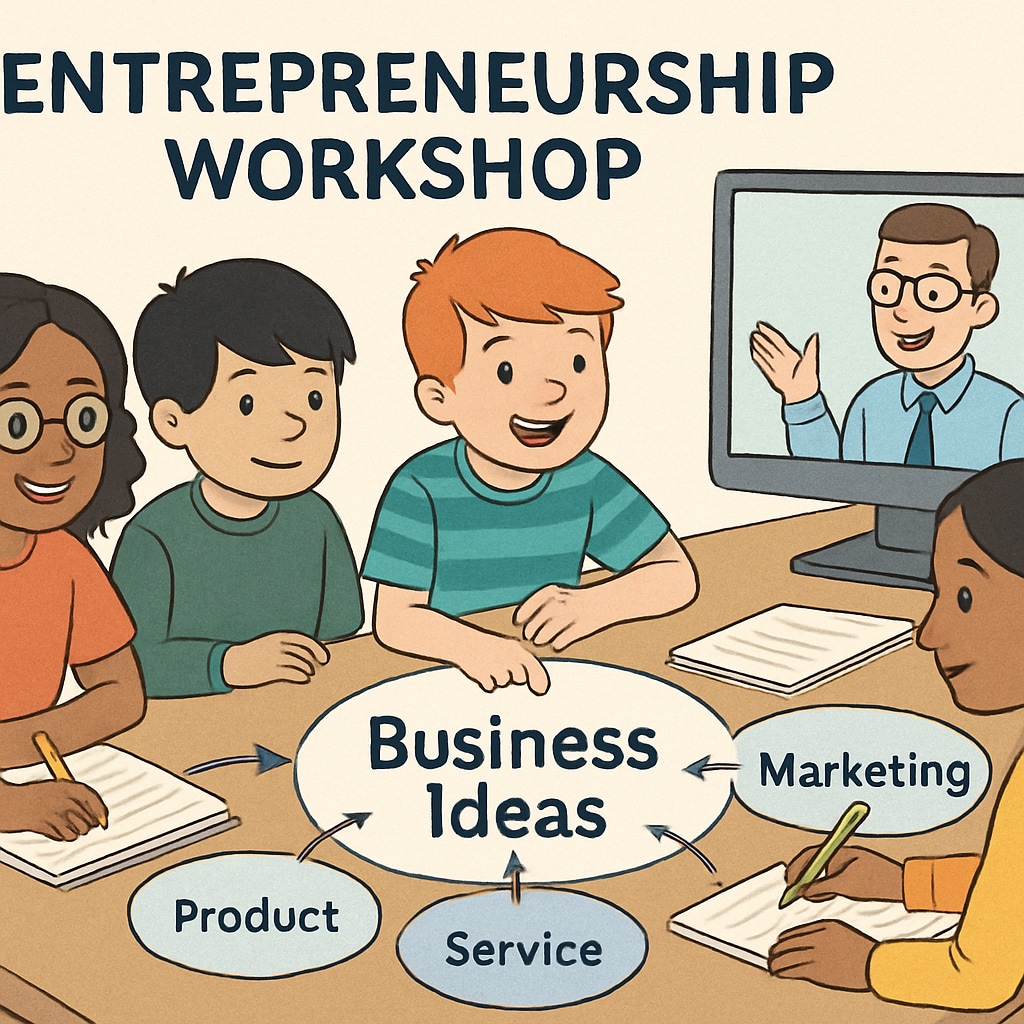When discussing the future of entrepreneurship, one often thinks of college graduates or established professionals. However, commercial education for youth, particularly ages 8-14, is an untapped opportunity that could redefine how we prepare future leaders. This age group is a golden period for shaping critical thinking, creativity, and problem-solving skills, and introducing free foundational business courses during these formative years can help unlock their entrepreneurial potential.

The Importance of Early Business Education
Why focus on ages 8-14? Research suggests that cognitive and emotional skills begin to solidify during this period, making it an ideal time to introduce concepts like financial literacy, leadership, and innovation. By teaching children the basics of entrepreneurship early, we empower them with tools to think critically about real-world challenges and opportunities.
For example, introducing concepts such as budgeting, marketing, and product development can spark creativity and offer practical knowledge that complements traditional academic subjects. As a result, children not only gain business skills but also develop self-confidence and resilience that serve them throughout their lives.
Moreover, early exposure to business education can challenge traditional learning boundaries. According to Wikipedia on entrepreneurship education, these programs encourage experiential learning, where students actively engage in problem-solving rather than passively absorbing information.
How Free Virtual Courses Can Bridge the Gap
While the idea of providing business education to young learners is promising, accessibility remains a significant hurdle. Free virtual courses serve as a practical solution, allowing children from diverse backgrounds to explore entrepreneurship without financial constraints.
Virtual platforms can offer interactive modules covering topics such as business planning, ethical decision-making, and teamwork. These courses can be designed to accommodate the learning pace of younger students while maintaining engaging and age-appropriate content.
For instance, programs like Junior Achievement or similar initiatives provide free resources that make early business education reachable for families worldwide. These resources are often supported by partnerships with schools, non-profits, and industry leaders, ensuring quality content and widespread availability. As described on Britannica’s page on Junior Achievement, such programs have a long history of inspiring young minds to think entrepreneurially.

Benefits of Cultivating Entrepreneurial Skills Early
Introducing commercial education early has tangible benefits that extend well beyond the classroom. Below are three key advantages:
- Enhanced Creativity: Business education encourages children to think outside the box, whether brainstorming ideas for a startup or devising solutions to hypothetical challenges.
- Financial Literacy: Learning the basics of budgeting and earning at an early age equips children with practical skills that can benefit them for a lifetime.
- Leadership Development: By engaging in team projects and decision-making exercises, students can cultivate leadership qualities and collaborative skills.
In addition, structured programs can help children understand the broader impact of their choices, fostering a sense of social responsibility as they explore business ethics and sustainability.
Building a Brighter Future
Incorporating free business education for 8-14-year-olds is about more than teaching entrepreneurship—it’s about preparing the next generation of leaders to navigate an increasingly complex world. By fostering creativity, resilience, and financial acumen, these programs equip children with tools they can use to thrive in any career path they choose.
As society continues to embrace innovation and adaptability, early business education could play a pivotal role in shaping a workforce that is not only skilled but also visionary. Initiatives like these are investments in the future, where empowered youth can drive progress and positive change.
Readability guidance: This article uses short paragraphs and clear subheadings to maintain engagement. Lists summarize key points for better comprehension, and transitions (e.g., “however,” “for example”) ensure smooth flow between ideas.


